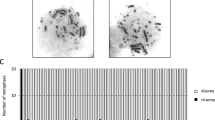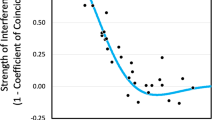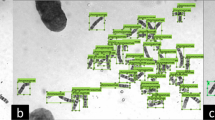Abstract
DOBZHANSKY1, Gershenson (above) and others have concluded that the disjunction of chromosomes does not depend directly on the occurrence of crossing-over between them, as I assume to be the case in all homozygous organisms2. They maintain that some ” other factor” is concerned in their experiments. But these experiments have necessarily made use of hybridity, without which genetical tests are impossible ; and the particular kind of hybridity (structural hybridity) they have used is bound to have a complicated effect on disjunction. It is itself the ” other factor”. Thus reciprocal crossing-over within two relatively inverted segments should give normal chromosomes with normal disjunction, other things being equal.
This is a preview of subscription content, access via your institution
Access options
Subscribe to this journal
Receive 51 print issues and online access
$199.00 per year
only $3.90 per issue
Buy this article
- Purchase on SpringerLink
- Instant access to full article PDF
Prices may be subject to local taxes which are calculated during checkout
Similar content being viewed by others
References
Z.I.A.V., 64, 269–309.
J. Genet., 31, 185–212.
J. Genet., 31, 163–184.
J. Genet., in the press.
Author information
Authors and Affiliations
Rights and permissions
About this article
Cite this article
DARLINGTON, C. Crossing-Over and Chromosome Disjunction. Nature 136, 835 (1935). https://doi.org/10.1038/136835a0
Issue date:
DOI: https://doi.org/10.1038/136835a0
This article is cited by
-
The parents and progeny of aesculus carnea
Journal of Genetics (1936)
-
Crossing-over and its mechanical relationships inChorthippus andStauroderus
Journal of Genetics (1936)



